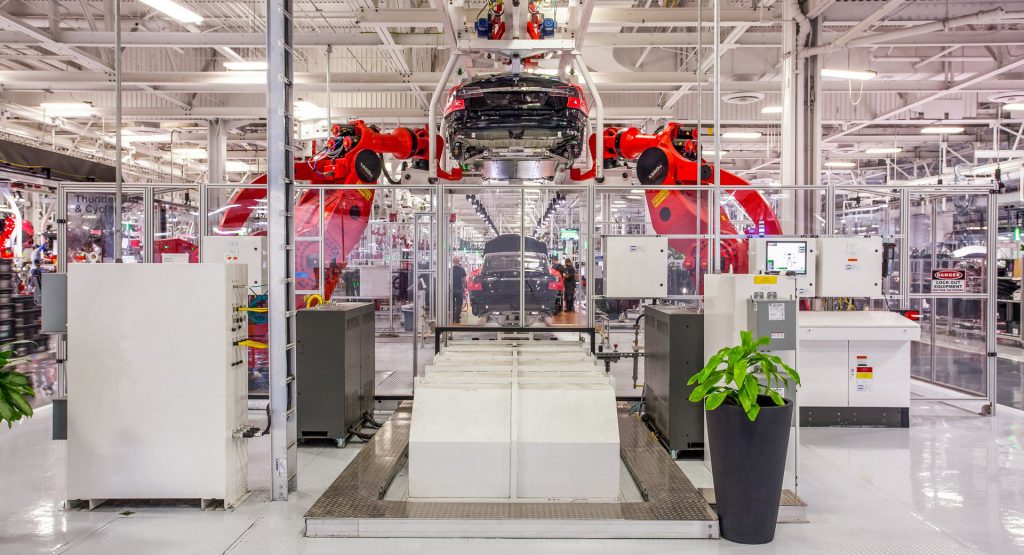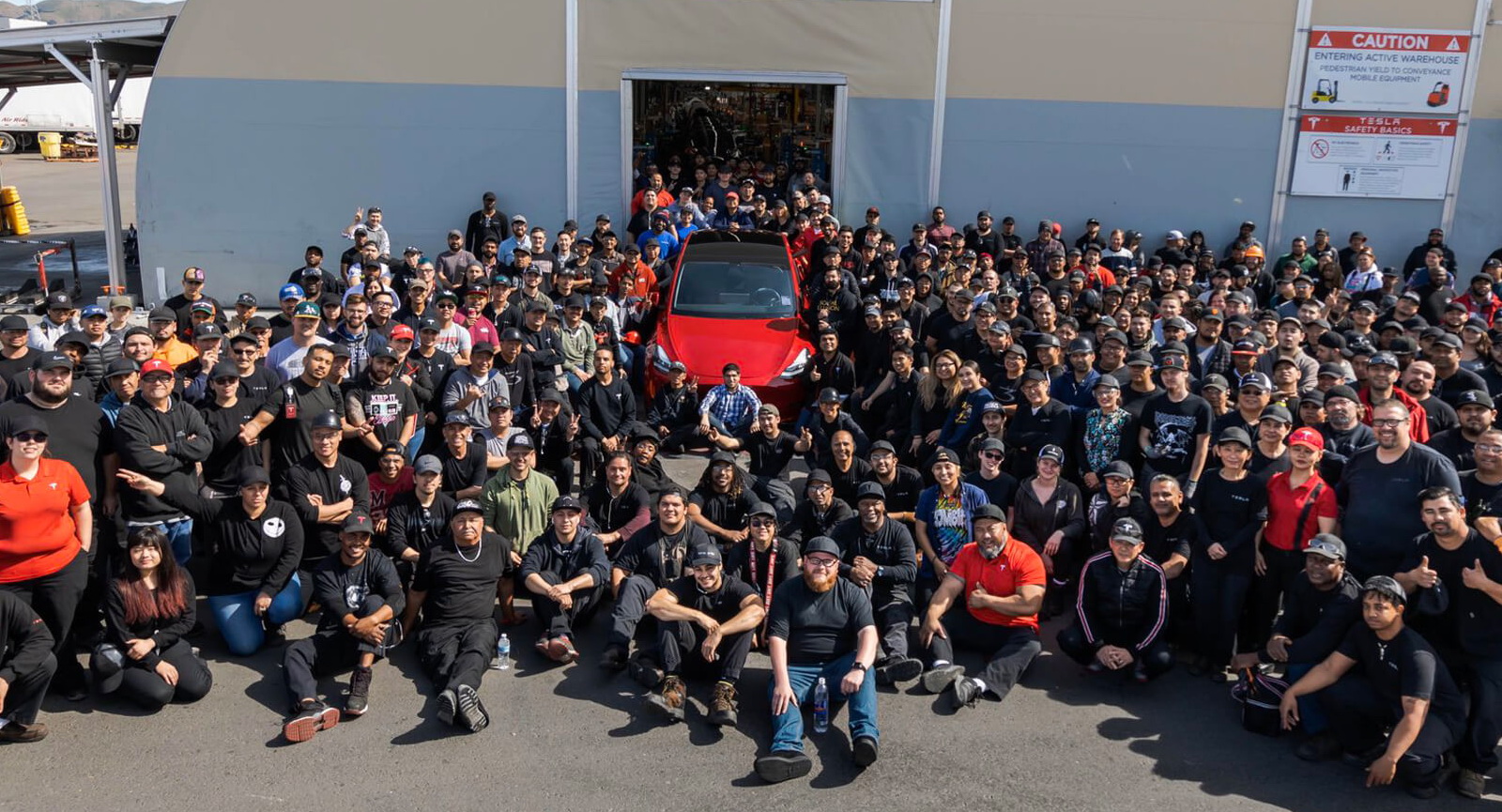Tesla wasn’t particularly keen to close down its Fremont factory in mid-March and it’s since been revealed the company fought to keep the facility open even after being ordered to shut it down.
Protocol recently received a series of emails and memos between Fremont Police Chief Kimberly Petersen and Tesla’s senior policy advisor Dan Chia through a public records request. They reveal that public health officials viewed Tesla’s Fremont factory as a health risk and that the automaker took longer to shut up shop than most other companies in Silicon Valley.
On March 18, two days after six Bay Area counties issued strict shelter-in-place orders, interim Alameda County Health Officer Dr. Erica Pan expressed her concerns with local officials about Tesla’s factory and said that she “does not consider Tesla to be an essential business, but rather, considers Tesla’s manufacturing plant in Fremont to be a public health risk.”
The following day, five senior Tesla executives joined a virtual meeting with Petersen, one of her captains, and the deputy city manager of Fremont, Christina Briggs. During this meeting, Tesla said it would comply with the order to shut. Later in the day, however, Chia contacted the deputy city manager and arranged another virtual meeting for March 22nd.
During this second meeting, Tesla claimed that the state-wide shelter-in-place order issued by Governor Gavin Newsom superseded the county order and left room for Tesla to remain open. The automaker claimed that it should be considered “national critical infrastructure,” according to public guidelines from the Department of Homeland Security’s Cybersecurity and Infrastructure Security Agency.
Read Also: Musk Goes From Calling Virus Panic Dumb To Saying His Companies Could Make Ventilators
During the March 22 call, Petersen said she was “bound to uphold” the determination from Dr. Erica Pan that “Tesla would be required to substantially reduce operations at its bustling factory.”
Tesla ultimately decided to indeed wind-back operations at its Fremont site from March 23, excluding work for things like payroll and employee benefits. It did so much later than most other tech companies in the area that sent full-time employees to work from home the week prior.





